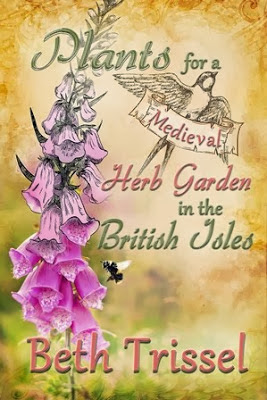 Welcome to the mother of all blog tours.
Welcome to the mother of all blog tours.
As a participating author, my theme is Summer in the Big House, Old Southern Plantation Recipes~
A gracious welcome to my stately plantation home. Please have a seat in the wicker chairs on the veranda and relax in the shade of the towering live oaks. Listen to the warbler singing high overhead in the moss-draped boughs and savor the sweetness of jasmine while I serve refreshing mint juleps and peach upside-down cake prepared with old Southern recipes from Charleston Receipts.
 This cookbook ‘was first published in 1950 and the oldest Junior League cookbook still in print. It contains 750 recipes, Gullah verses, and sketches by Charleston artists. Inducted into the McIlhenny Hall of Fame, an award given for book sales that exceed 100,000 copies.’
This cookbook ‘was first published in 1950 and the oldest Junior League cookbook still in print. It contains 750 recipes, Gullah verses, and sketches by Charleston artists. Inducted into the McIlhenny Hall of Fame, an award given for book sales that exceed 100,000 copies.’
My copy is actually my mother’s book which she purchased in the early 1960’s while our family was on vacation in Charleston South Carolina. I kind of borrowed it from her and still have it. 🙂
For each cold goblet use:
Several mint leaves, sugar syrup (2-3 teaspoons), Crushed, dry ice, 2 ounces bourbon, 1 sprig mint
Crush leaves and let stand in syrup. Put this into a cold silver julep cup or glass and add ice which has been crushed and rolled in a towel to dry. Pour in the whiskey. Stir, not touching the glass, and add a sprig of mint. Serve immediately.~
 Peach Upside-Down Cake:
Peach Upside-Down Cake:
1/3 cup shortening, 2/3 cup sugar, 2/3 cup milk, 1 teaspoon vanilla, 2 eggs, 2 teaspoons baking powder, 1 and 2/3 cups flour, 1/8 teaspoon salt, 1/4 teaspoon almond flavoring
Cream shortening and sugar. Add remaining ingredients and beat well. Pour over peach mixture. Serves six.
Peach Mixture: 1/3 cup butter, 1 cup light brown sugar, 1 1/2 cups sliced peaches
Place butter and sugar in a sheet cake pan and heat slowly, stirring constantly until well browned. Add peaches. Cover with cake batter, bake 3/4 hour at 350. Turn out peach side up. Serve hot or cold with whipped cream. Other fruits may be substituted for peaches. ~
 For my blog hop prize, I’m giving away an ebook of my Revolutionary War romance novel, Enemy of the King, and Native American historical romance novel Through the Fire.
For my blog hop prize, I’m giving away an ebook of my Revolutionary War romance novel, Enemy of the King, and Native American historical romance novel Through the Fire.
Blurb for ENEMY OF THE KING:
1780, South Carolina: While Loyalist Meriwether Steele recovers from illness in the stately home of her beloved guardian, Jeremiah Jordan, she senses the haunting presence of his late wife. When she learns that Jeremiah is a Patriot spy and shoots Captain Vaughan, the British officer sent to arrest him, she is caught up on a wild ride into Carolina back country, pursued both by the impassioned captain and the vindictive ghost. Will she remain loyal to her king and Tory twin brother or risk a traitor’s death fighting for Jeremiah? If Captain Vaughan snatches her away, he won’t give her a choice.~
 Blurb for THROUGH THE FIRE:
Blurb for THROUGH THE FIRE:
At the height of the French and Indian War, a young English widow ventures into the colonial frontier in search of a fresh start. She never expects to find it in the arms of the half-Shawnee, half-French warrior who makes her his prisoner in the raging battle to possess a continent––or to be aided by a mysterious white wolf and a holy man.~
Thanks for visiting me. Leave me a question or a comment here at my blog below. Please also leave your email address so I can notify you in case you are a winner!
THE NEXT STOP ON OUR FUN BLOG HOP IS AUTHOR RACHEL VAN DYKEN SO POP ON OVER TO : http://deliciousromancebyrachel.blogspot.com/2011/06/party-til-your-heels-fly-off-author.html




















































































